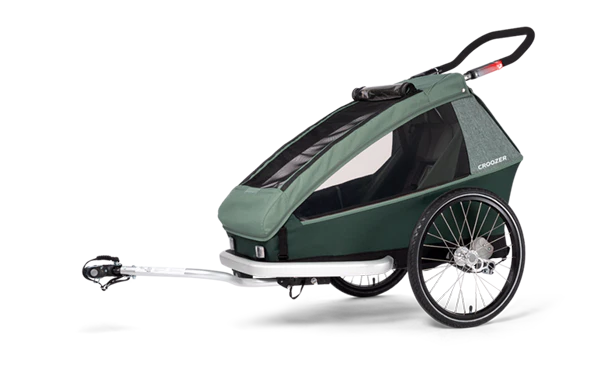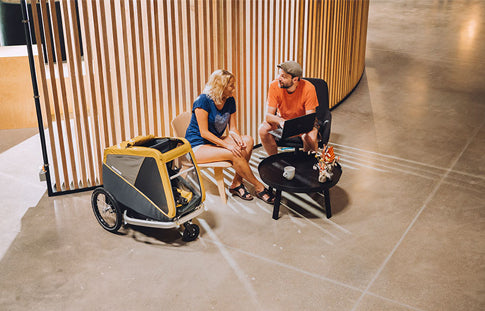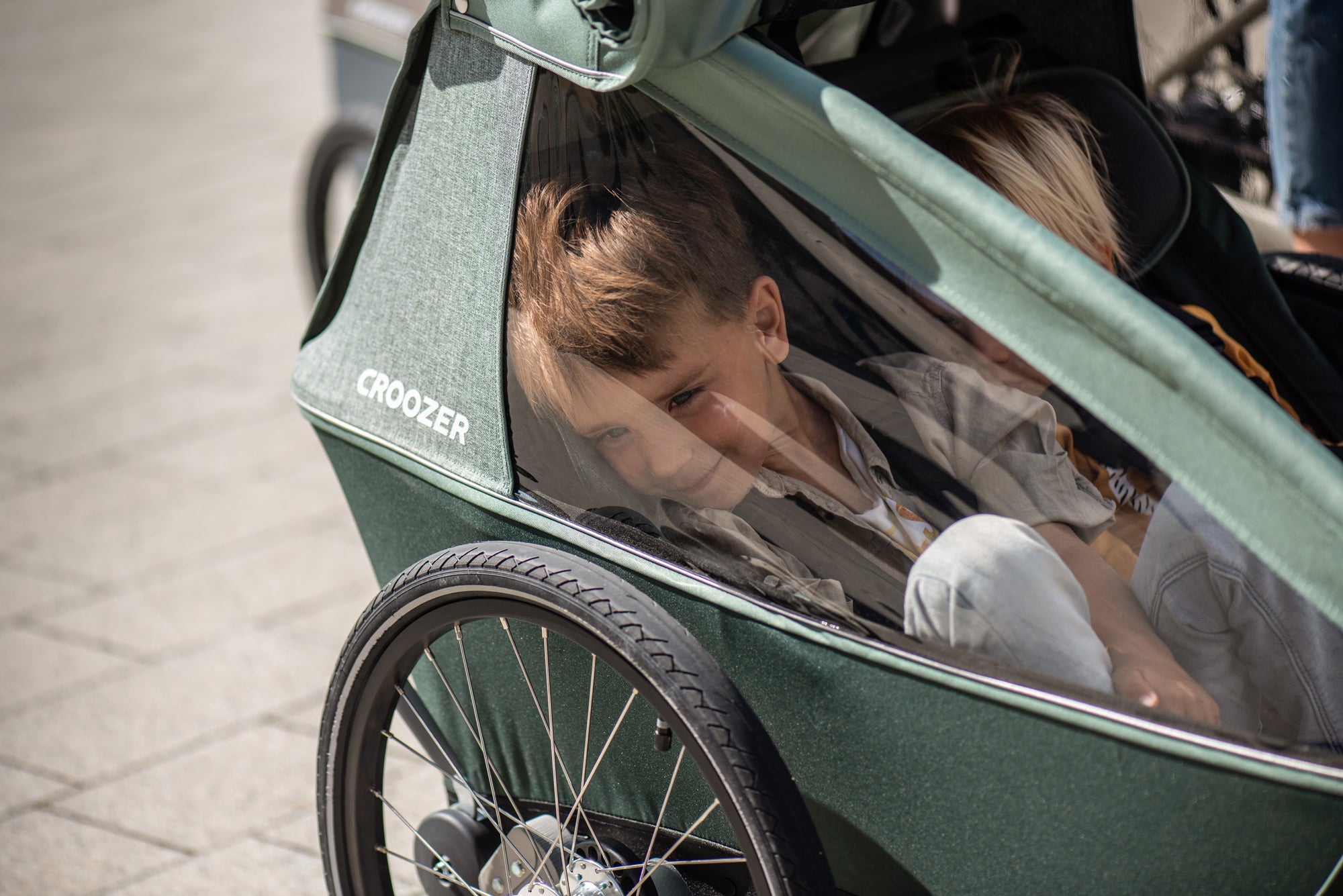SOLUTION DYEING: FABRICS DYED FOR SUSTAINABILITY - IN BOTH SENSES OF THE WORD
We are currently in the process of transitioning to the solution dyeing method for as many of the fabrics used in our bicycle trailers and accessories as possible. This transition is benefiting not only the environment, but also you, the user – because fabrics that are dyed with this method keep their beautiful colours for much longer! On this page, we would like to tell you more about this dyeing method.


















